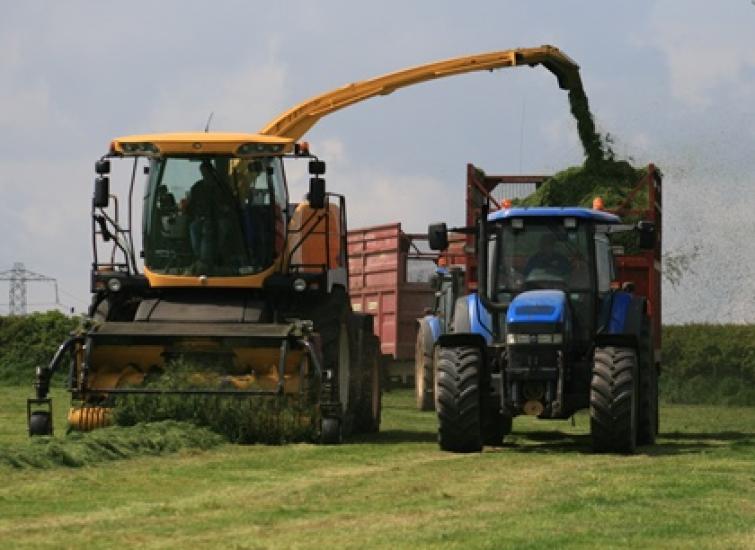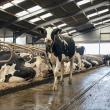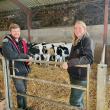Maximising the return from what you have in the field
Silage time will soon be upon us again. Do you sample your grass before cutting or just take it as read that it will be the same as it was last year? I have found that sampling grass a week ahead of scheduled cutting will pay dividends.

We can determine if the grass is on target for harvest by sampling a selection of fields to be cut. I have found that this can make significant feed cost savings. I have undertaken trials in conjunction with DLF Seed & Science over the last 2 years, which have revealed a staggering variation in silage energy content year on year.
The trial was undertaken on a dairy unit and looked at the opportunities of using a grass mixture containing DLF's Advanced grasses, which are ideally suited to intensive silage production. The mix included varieties bred to provide excellent forage quality combined with good persistence, stress tolerance, disease resistance and included some grass varieties designed to provide enhanced fibre digestibility (DNDF).
First and second cuts were manually weighed, by cutting a 0.5m2 area to calculate yield, and analysed for DM, ME, NDF and nitrogen content to ensure the sward was ready for cutting in 2014. The same sampling process was repeated on exactly the same day 12 months later, the only difference being the weather. The results show a difference of 3,540MJ less clamped in 2014. See Table 1.

If you consider grass silage is costed at 0.93 per MJ/ME DM (Nix, 2016), then the cost of replacing 3,540MJ in the diet with brewers grains at 1.96p per MJ/ME DM (Nix, 2006) would be £36.46. For a 1,000t clamp at 28% DM then those losses would amount to a significant £2,953.
Cutting is Crucial
To maximise your forage potential, cutting at the right time is therefore crucial. Whilst it may appear that there is less quantity than letting the crop "bulk up", the improved quality will pay. Savings made by cutting at the correct time will assist in paying for the extra cut required to make up the quantity.
The trial outcome led to the question, is there sufficient appreciation of grass quality leading up to ensiling? It's a case of farmers responding by being aware of the season and taking action by sampling. If the sample analysis indicates that the grass is at the required energy and nitrate levels, then don't wait to cut. D value fall by 0.5 unit (0.08 MJ) a day from when the grass starts to head.
Fine tuning and pursuing quality forage rather than sacrificing it for yield should be the way forward. Admittedly there are limiting factors to cutting at the right time not least the weather and contractor availability. However, poor forage with low DM and low energy yield will need substituting with bought in feed, which will in almost every case cost more per unit of energy than from forage.
As a guide I would suggest following the 3 M rule below.

As we have now the grass cut at an ideal time we can also reduce further deterioration by using an additive to help preservation. If you don't use one already it may be worth considering one? Yes, I agree it is an extra cost but if the payback is 4 to 1 is it not worth a little more investigation?
One of the additives we favour is Sil-All4x4+. In our last newsletter our Harper Adams University placement student, Joe Adams, looked at treated and untreated forages and explained that on a 1000t clamp, by treating with Sil-All4x4+ there is a possibility of retaining an extra 12t of DM in the clamp.
If we calculate the energy saving, 0.14mj/kg/DM, you would expect by treating the grass, coupled with the energy from the extra dry matter yield, could result in an extra 32,993 litres. With milk price now around 20p per litre and after the cost of the additive the extra income would still be £5,200. This figure doesn't take into account the benefits of extra quality protein and improved digestibility.
Maximising the return from what you grow on farm is essential in the current climate. Alternative feeds tend to have a cost that is above that of forage.
If you would like to discuss how we can improve your efficiency from forage please do not hesitate to get in touch.
〈 BACK














